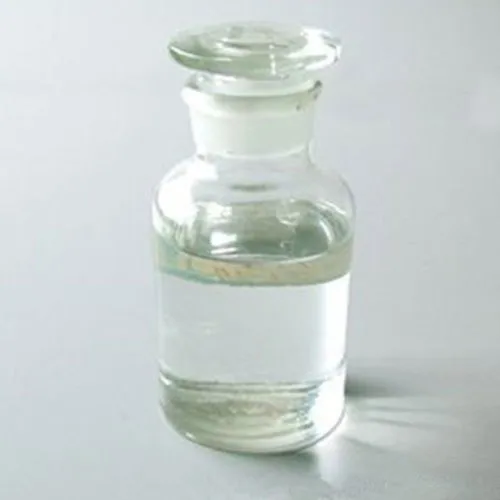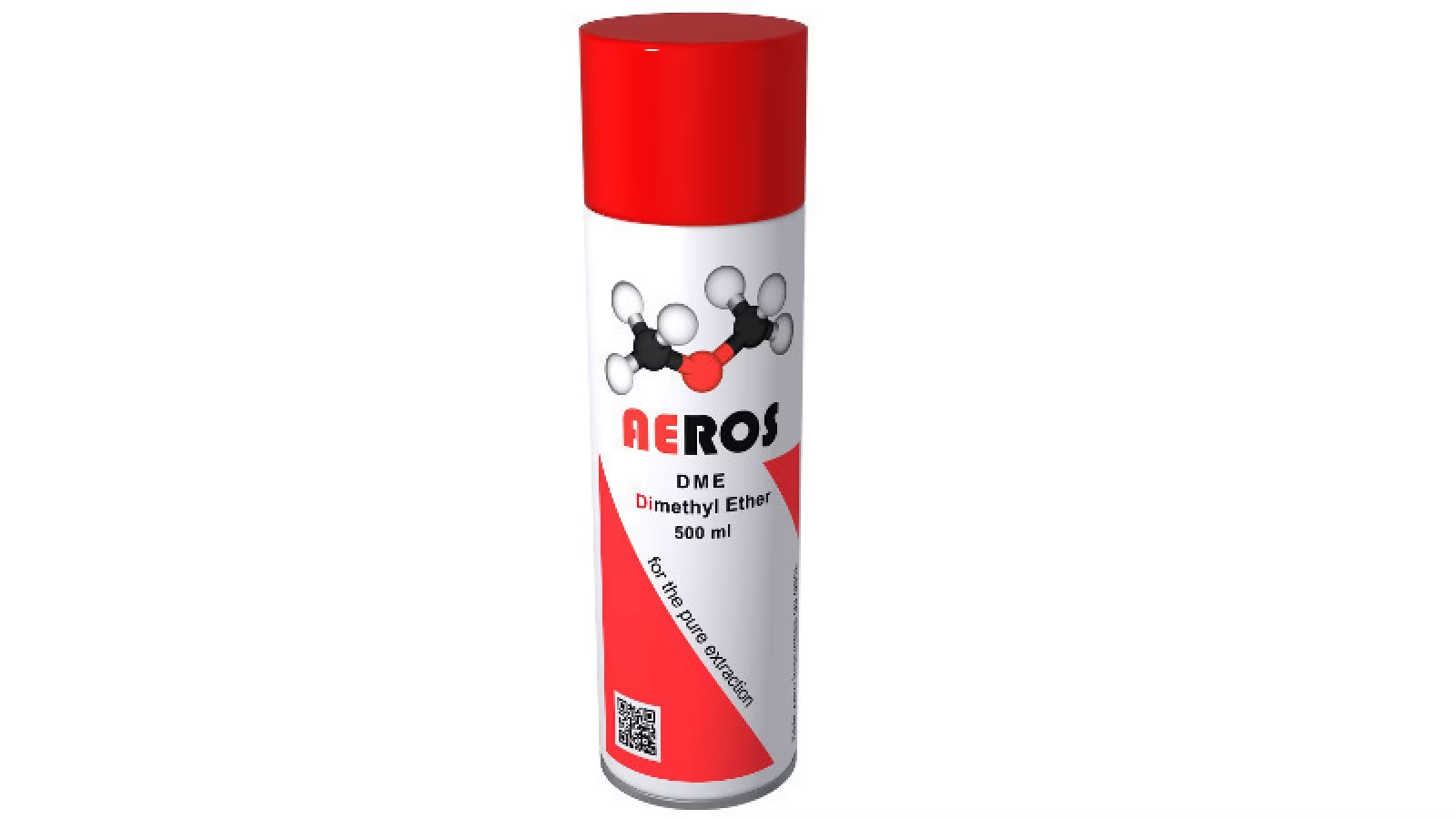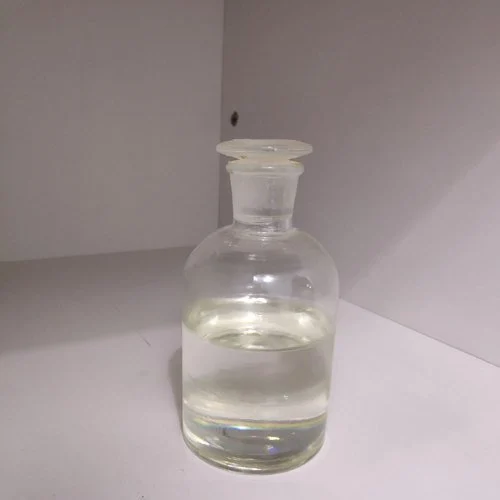Description
Dimethyl Ether: A Promising Alternative Fuel and Chemical Building Block
Dimethyl ether (DME), also known as methoxymethane, is a colorless, slightly ethereal-smelling compound with the chemical formula CH3OCH3. While often overlooked, this simple ether is rapidly gaining attention as a versatile and potentially game-changing substance with applications ranging from clean-burning fuel to a building block for valuable chemicals.
A Versatile Alternative Fuel:
DME’s most promising application lies in its potential to replace conventional fuels, particularly diesel. Several factors contribute to its appeal:
- Clean Combustion: DME burns much cleaner than diesel, producing significantly lower emissions of particulate matter (PM), nitrogen oxides (NOx), and soot. This makes it a highly attractive alternative for reducing air pollution, especially in urban environments.
- Cetane Number: DME boasts a high cetane number (around 55-60), similar to that of diesel fuel. This means it ignites readily in compression-ignition engines, making it suitable for diesel engines with minimal modifications.
- Production from Diverse Sources: DME can be synthesized from a variety of feedstocks, including natural gas, coal, biomass, and even waste materials. This versatility allows for a more sustainable and geographically diverse fuel supply compared to petroleum-based fuels.
- Liquefied Gas: DME is easily liquefied under moderate pressure, making it relatively simple to store and transport using existing infrastructure with minor adjustments.
These advantages have spurred considerable interest in DME as a transportation fuel, particularly for heavy-duty vehicles, buses, and commercial fleets. Several companies are actively developing and testing DME-powered vehicles, paving the way for wider adoption in the future.
Beyond Fuel: A Chemical Building Block:
DME’s potential extends beyond its use as a fuel. It can also serve as a valuable building block for the production of various chemicals:
- Olefins Production: DME can be converted into lower olefins, such as ethylene and propylene, which are key raw materials for the plastics industry. This provides an alternative route for olefin production, reducing reliance on traditional petroleum-based processes.
- Methylation Agent: DME can be used as a methylation agent in various chemical reactions, offering a cleaner and more environmentally friendly alternative to traditional methylating agents like dimethyl sulfate.
- Aerosol Propellant: DME is already widely used as an aerosol propellant in various products, including hairsprays, cosmetics, and insecticides. Its non-toxic and ozone-friendly properties make it a preferable alternative to chlorofluorocarbons (CFCs).
Challenges and Future Outlook:
Despite its immense potential, DME faces certain challenges that need to be addressed for its widespread adoption:
- Production Costs: The production cost of DME, particularly from biomass, can be higher than that of conventional fuels. Research and development efforts are focused on optimizing production processes and reducing costs.
- Infrastructure Development: The infrastructure for the distribution and use of DME is still in its early stages. Expanding the fueling network and developing compatible engines are crucial for wider adoption.
- Public Awareness: Raising public awareness about the benefits of DME and addressing any concerns regarding its handling and safety are essential for gaining consumer acceptance.
Looking ahead, DME is poised to play a significant role in shaping a more sustainable future. As technology advances and production costs decrease, we can expect to see greater adoption of DME as a clean-burning fuel and a versatile chemical building block. Its potential to reduce emissions, diversify energy sources, and promote sustainable chemical production makes it a vital component in the transition towards a cleaner and more environmentally friendly world.











Reviews
There are no reviews yet.